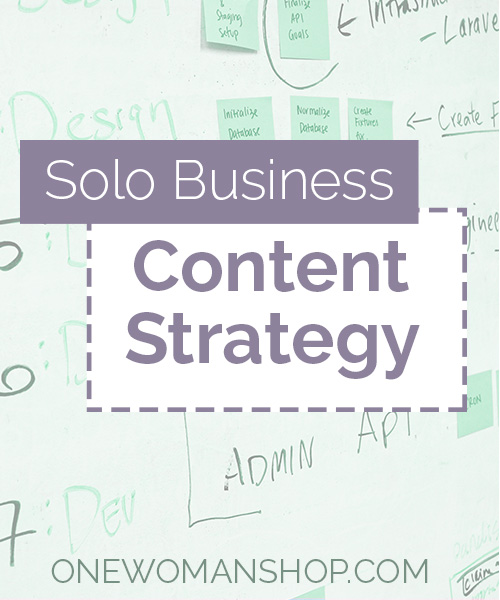
As a writer, I prefer the word text to content when I talk about my work. Content makes me think of filler, something more like Hamburger Helper than grade-A beef. But there’s a good reason people don’t call blogging a form of “text marketing.” Content actually includes nearly anything you publish — read, heard, or seen — for your audience’s education or pleasure.
Why content marketing?
The philosophy behind content marketing is that when you offer people free published material they care about, they will be drawn to your business. You essentially become a personalized media outlet just for your target market.
Though it’s relatively “new” in business, content marketing is not a new idea. The earliest known example is John Deere’s magazine, which was so successful it is still in circulation today.
Done right, content marketing will naturally integrate with your other marketing tactics, helping you engage the right audiences at the right time. Some of your content will draw in people who’ve never heard of you; some will help them understand what you offer; and some will keep you on the minds of your past customers. It spans both B2C and B2B markets in effectiveness.
The limits of content
Content marketing sounds amazing, doesn’t it? But it’s not magic. Here’s why:
- It takes a lot of time to build content — even more time for optimized, targeted, effective content.
- It takes a lot of work to do it efficiently, find ways to reach more people with it, and measure its results. (Naturally, many entrepreneurs outsource their content creation and/or promotion.)
- For most, content marketing works best as a piece of a larger strategy that includes paid advertising, social media, and networking.
But despite the time investment it requires, content marketing is here to stay -- because it works.
Different forms of content marketing
As you now know, content marketing isn’t just blogging. Whether you’re a graphophobe (someone who fears writing) or blogger who wants to try new things, check out these alternative types of content. Each has its strengths and weaknesses. Which of them might appeal to your target market?
Text/graphic design formats
Case study: Essentially the story of a problem one of your customers faced and how you solved it for them. (In psychology and business analysis, case studies are much more scientific and in-depth.)
Infographic: The hipster cousin of charts and diagrams. Infographics are a perfect way to condense a lot of data into an engaging, easy-to-read format.
White paper: Concise reports on a complex topic, explaining a problem and proposing a solution in simple terms. The idea of white papers came from government but are now common among businesses trying to build thought leadership.
Ebook: Digital books you can read on a phone, tablet, or computer. Compared to physical books, e-books are incredibly easy to create and self-publish. Unlike most forms of content marketing, you can sell ebooks from your website or a platform like Amazon.
Note: If content is anything you publish for your market, do video advertisements, Facebook posts, or your website count? Logic and instinct tell me yes, yet the conventions of content marketing -- its aim to educate and/or entertain, rather than sell -- tell me no. I’ll leave that up to your discretion.
Audio/video formats
Webinar: A seminar or presentation done on the web, using platforms like Crowdcast, WebinarJam, and Google Hangouts. As in a seminar, the presenter usually uses a slideshow and the participants can ask questions.
Video: Audio-visual content used for a huge variety of purposes. You can use video to tell your brand’s story, explain your product or service, highlight key points of a white paper, or give a case study, among other things. Get creative!
Podcast: Netflix for radio. Technically: A digital audio recording, usually part of a themed series that listeners can subscribe to. Some podcasts are only a few minutes and aim to entertain, while others are over an hour long and offer more in-depth content. (OWS tells you everything you need to know to start one!)
Becoming a content marketer
As business owners, content marketing is a crucial part of the job. Your content can strengthen and enhance your presence online and in person. Overwhelmed? Don’t be.
The key to creating effective content of any type is to think like your customers. What content do they need? If the answer is a blog, keep blogging! But if they would love an infographic or video (and love you because of it), branching out might be well worth the investment.
Latest posts by Bianca van der Meulen (see all)
- Content Marketing: It’s More Than Just Blogging - October 11, 2016









leave a comment